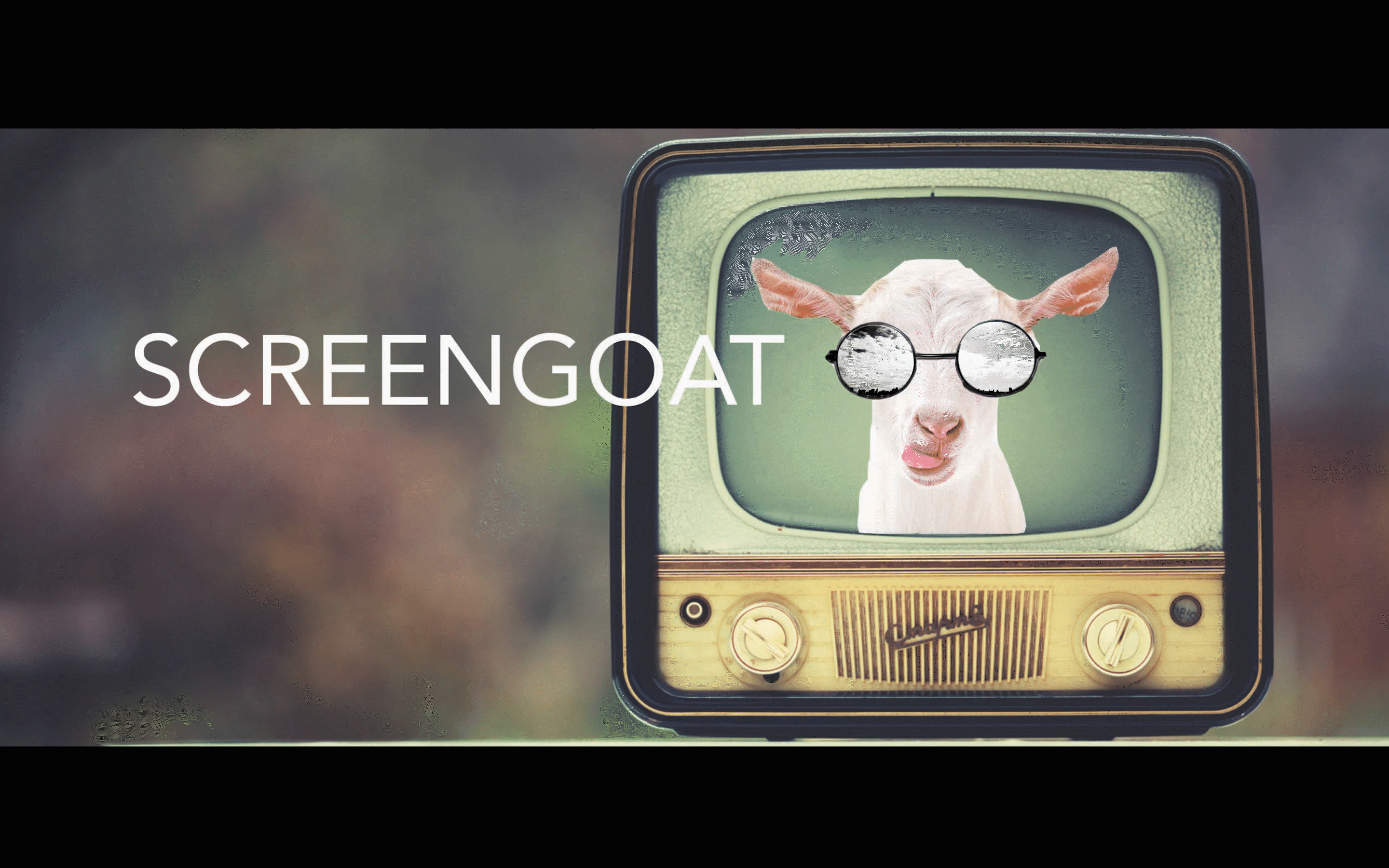(Mostly) Free Video Editing
Programs & Resources
iMovie - A free editing software available on iphones and Mac computers. Great for beginners and for making simple quick edits. There is a text, animation and sound package included.
WeVideo - A free editing app available on phones, PC and Mac computers. This program is cloud based. You shoot video on your phone and upload the footage into your WeVideo App. When you open the project on your computer it is there waiting for you. Does not have reverse or a proper cropping tool. Upgrade option available.
CapCut - A free editing app available on phones, PC and Mac computers. Great for editing on the run. If you like fan edits this program is loaded with great animated text and powerful preset transitions making beginners look like pros.

DaVinci Resolve - Is a free editing program. This is a professional level program. The cool part is the option to make the interface look like Final Cut or Premiere. There is a learning curve to the program but it is free. Also known for its color grading capabilities.
Film and Television Lessons
After Effects - Is NOT a free editing program. This is a professional level program. It can work with Premiere Pro via "Dynamic Link" as well as with other Adobe programs. The user interface is extremely complicated and you will need tutorials to navigate the program. Also, you should go in with a plan of what effect you would like to try, then practice executing that effect.
Scripts, Storyboards, Writing, Camera, Shots, Lessons, Editing Exercises and Film Projects.
Screengoat builds your skills as a filmmaker with tools and resources to help you become a GOAT.
Animoto - Is a free editing program but is more like an animated PowerPoint program. This is what we love about it. You can create animated title graphics over chroma key green or animated backgrounds for titles or bumpers in seconds. Super easy to use. The program leaves a watermark but it is easy to crop out. The program also has a lot of public domain images and music. Kicks Presentation up a knotch.

Lighting Concepts and Techniques
Must know lighting concepts and techniques,
basic to advanced, learn them all to elevate your projects.
Basic - 3 Point Lighting
Advanced - Creative Lighting
Camera Settings and Lighting Techniques
1. White Balance: Keeping Colors True
Adjusting the camera’s white balance ensures that colors appear natural under different lighting conditions.
2. Color Temperature: Warm vs. Cool
Measured in Kelvin, color temperature determines whether a scene has a warm (orange/yellow) or cool (blue) look.
3. The Golden Hour: Natural Cinematic Lighting
The Golden Hour is the short period after sunrise or before sunset when natural light is soft, warm, and diffused, creating cinematic visuals.
4. High Key Lighting: Bright & Cheerful
High Key Lighting is bright and even, often used in comedies or commercials to create an uplifting mood.
5. Low Key Lighting: Dark & Moody
Low Key Lighting relies on shadows and contrast for a dramatic, moody effect, common in horror and noir films.
6. Cucoloris (Cookie) Lighting: Shadows with Style
A Cucoloris (or Cookie) is a cutout or object placed in front of a light to create shadow patterns, such as the classic keyhole effect.
7. Silhouette: Image in Darkness
A silhouette in film is a dark outline of a person, object, or scene against a lighter background. Silhouettes are a powerful visual storytelling technique that creates mood, establishs mystery, and draws attention to key elements.
8. Gels
placing colored plastic sheets in front of lights to change the color of light. Gels are used to create mood, atmosphere, and drama.
9. Chiaroscuro effect
An artistic technique that uses light and shadow to create a sense of volume and mass. The word comes from the Italian words chiaro (bright) and oscuro (dark).
10. Rembrandt Lighting
A portrait lighting technique that uses a dramatic interplay of light and shadow to create a lit triangle under the subject's eye. It's named after the 17th century Dutch painter Rembrandt Harmenszoon van Rijn. Creates a chiaroscuro effect with sharp contrasts of light and shadow. Produces natural-looking images. Used in film, especially in the film noir genre


























